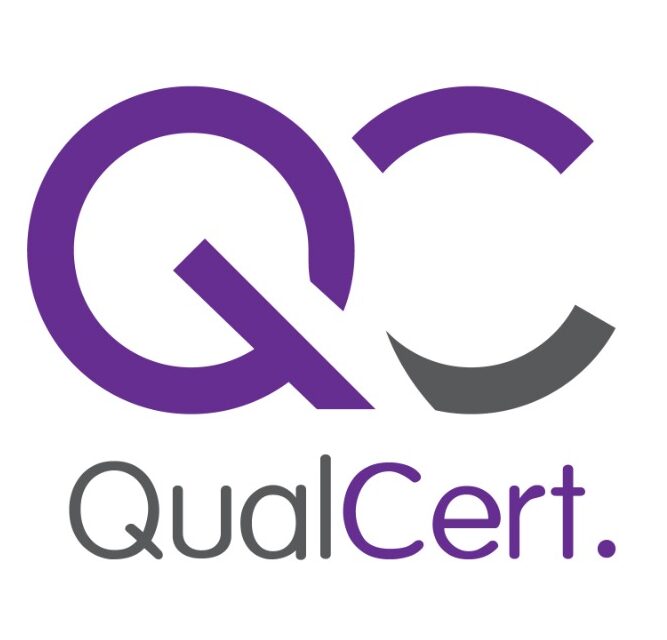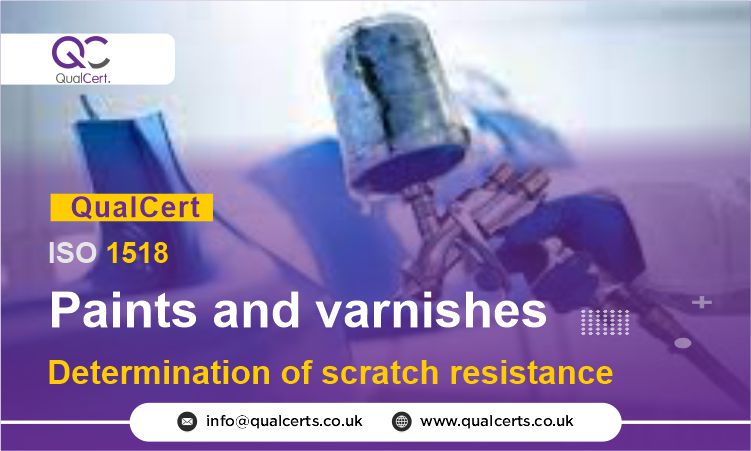In the world of paints and varnishes, durability is paramount. Whether it’s the pristine finish of a newly painted car or the resilience of a coated industrial surface, the ability of coatings to withstand scratches and abrasions is critical. Enter ISO 1518, a standard developed by the International Organization for Standardization (ISO) that focuses specifically on the determination of scratch resistance in paints and varnishes.
ISO 1518 is a standard published by the International Organization for Standardization (ISO) titled “Paints and varnishes — Determination of scratch resistance.” This standard outlines procedures for assessing the scratch resistance of paints and varnishes, which is a crucial aspect of their performance and durability.
The determination of scratch resistance involves subjecting the coated surface to controlled scratching forces under standardized conditions. This test helps evaluate the ability of the coating to withstand abrasion and mechanical damage during handling, transportation, and use.
ISO 1518 plays a vital role in ensuring the durability and quality of paints and varnishes. By providing a standardized method for determining scratch resistance, this standard helps manufacturers produce coatings that meet the demands of various applications. Whether protecting a luxury vehicle or safeguarding industrial equipment, ISO 1518 helps preserve the integrity of coated surfaces in a world full of potential scratches and abrasions.
Study Units for ISO 1518 Paints and varnishes — Determination of scratch resistance
The QualCert ISO 1518 Paints and Varnishes — Determination of Scratch Resistance is a 30-credit qualification with a Total Qualification Time (TQT) of 180 hours, including 120 Guided Learning Hours (GLH). This program is meticulously crafted to deliver focused and efficient skill development in the field.
| Unit Ref# | Unit Title | Credits | GLH | TQT |
| QC04004 – 1 | Fundamentals of Paints and Varnishes | 5 | 20 | 30 |
| QC04004 – 2 | Testing Methods for Scratch Resistance | 5 | 20 | 30 |
| QC04004 – 3 | Laboratory Procedures and Equipment Use | 5 | 20 | 30 |
| QC04004 – 4 | Data Analysis and Reporting of Test Results | 5 | 20 | 30 |
| QC04004 – 5 | Standards and Regulations for Paint Quality Control | 5 | 20 | 30 |
| QC04004 – 6 | Surface Preparation and Coating Application Techniques | 5 | 20 | 30 |
Entry Requirements for ISO 1518 Paints and varnishes — Determination of scratch resistance
The QualCert ISO 1518 course on “Paints and Varnishes — Determination of Scratch Resistance” is designed for professionals involved in coatings testing, quality control, and materials assessment. The entry requirements for this course are as follows:
- A high school diploma or equivalent qualification is required.
- Prior experience or knowledge in paints, coatings, or material testing is recommended but not mandatory.
- Proficiency in the language of instruction (typically English) is necessary for understanding technical content.
- Individuals working in quality control, research and development, or manufacturing of coatings and varnishes will benefit the most from this course.
Learning Outcomes for ISO 1518 Paints and varnishes — Determination of scratch resistance:
1. Fundamentals of Paints and Varnishes
Learning Outcomes:
By the end of this unit, learners will be able to:
- Explain the chemical composition and types of paints and varnishes.
- Describe the functions and properties of different coating materials.
- Understand how coating formulation affects scratch resistance.
- Identify key factors influencing durability and performance of paints and varnishes.
2. Testing Methods for Scratch Resistance
Learning Outcomes:
By the end of this unit, learners will be able to:
- Outline various standardized scratch resistance test methods according to ISO 1518.
- Select appropriate testing techniques based on the type of coating and substrate.
- Operate scratch resistance test equipment confidently and accurately.
- Evaluate the effectiveness of coatings by interpreting test results.
3. Laboratory Procedures and Equipment Use
Learning Outcomes:
By the end of this unit, learners will be able to:
- Apply safe laboratory practices and procedures in coating testing.
- Set up and calibrate equipment used for scratch resistance testing.
- Maintain and troubleshoot laboratory instruments to ensure reliable results.
- Document test procedures and maintain accurate records.
4. Data Analysis and Reporting of Test Results
Learning Outcomes:
By the end of this unit, learners will be able to:
- Analyze scratch resistance test data using appropriate statistical and qualitative methods.
- Interpret results in the context of coating performance and standards compliance.
- Prepare clear, concise, and accurate test reports for stakeholders.
- Use data to recommend improvements in coating formulations or application methods.
5. Standards and Regulations for Paint Quality Control
Learning Outcomes:
By the end of this unit, learners will be able to:
- Identify key international and regional standards related to paint and varnish quality control.
- Understand regulatory requirements affecting scratch resistance testing and reporting.
- Apply quality control principles to ensure compliance with ISO 1518 and other relevant standards.
- Recognize the role of certifications and audits in maintaining product quality.
6. Surface Preparation and Coating Application Techniques
Learning Outcomes:
By the end of this unit, learners will be able to:
- Demonstrate proper surface preparation methods to optimize coating adhesion and test accuracy.
- Apply paint and varnish coatings consistently using standard techniques.
- Understand how variations in substrate preparation and coating application affect scratch resistance.
- Identify and correct common application defects prior to testing.
This course is designed to cater to a diverse audience with professional interests or responsibilities related to the coatings industry, as well as individuals seeking to deepen their understanding of scratch resistance testing in paints and varnishes. The course is particularly beneficial for the following target audience:
- Coatings Industry Professionals: Professionals working in paint manufacturing companies, coating application businesses, quality control laboratories, and related sectors will find this course invaluable. This includes chemists, engineers, technicians, quality assurance personnel, and production managers involved in coatings formulation, testing, and application.
- Materials Scientists and Researchers: Researchers, scholars, and graduate students specializing in materials science, surface engineering, polymer chemistry, or related disciplines will benefit from gaining insights into the principles and methodologies of scratch resistance testing. This course provides a foundation for conducting research and experimentation in the field of coatings technology.
- Quality Control and Regulatory Compliance Professionals: Professionals responsible for quality control, product testing, and regulatory compliance in the coatings industry will find this course essential for understanding the standardized procedures and criteria outlined in ISO 1518. Compliance officers, regulatory affairs specialists, and quality assurance managers can apply the knowledge gained in this course to ensure product quality and regulatory compliance.
- Educators and Trainers: Educators, trainers, and instructors involved in teaching courses related to coatings technology, materials science, surface characterization, or quality assurance can use this course as a resource to enhance their curriculum. By incorporating concepts and methodologies from ISO 1518, educators can prepare students for careers in the coatings industry and related fields.
- Engineering and Design Professionals: Engineers, architects, product designers, and professionals involved in specifying coatings for architectural, automotive, aerospace, or consumer product applications will benefit from understanding the factors influencing scratch resistance and coating performance. This knowledge enables them to make informed decisions when selecting coatings for specific applications and designing products with enhanced durability.
This course caters to anyone with a professional or personal interest in coatings technology, materials science, or surface engineering, providing valuable insights into the principles, methodologies, and applications of scratch resistance testing in paints and varnishes. Whether you’re a seasoned industry professional, a budding researcher, or a DIY enthusiast, this course equips you with the knowledge and skills needed to navigate the complexities of coatings technology and enhance coating performance in various applications.

